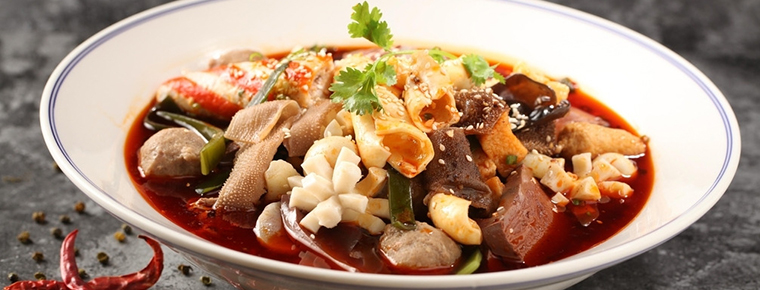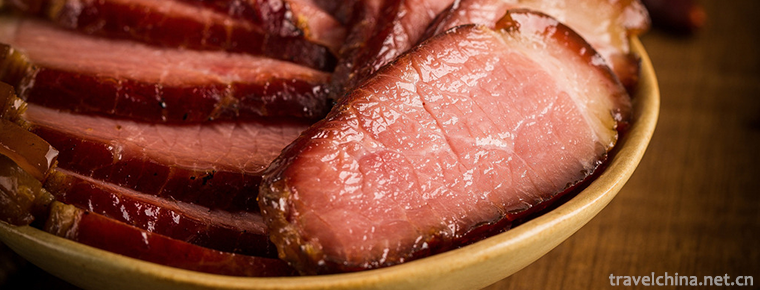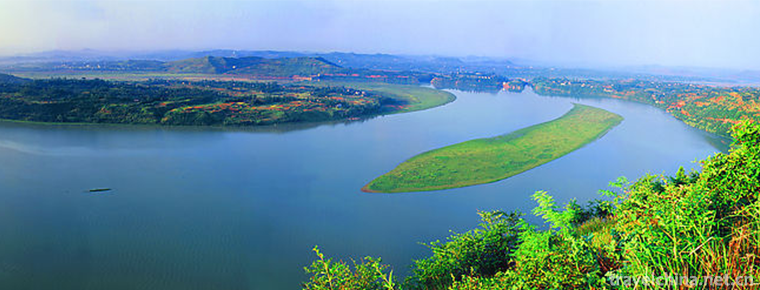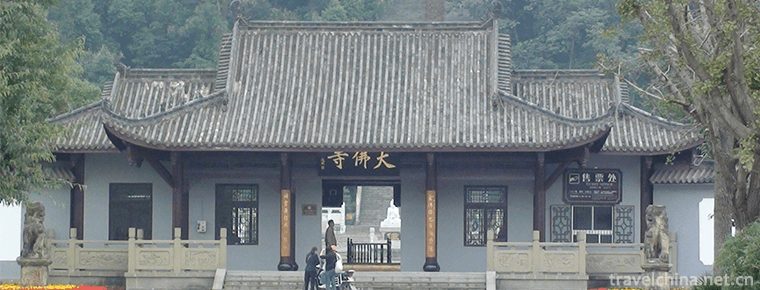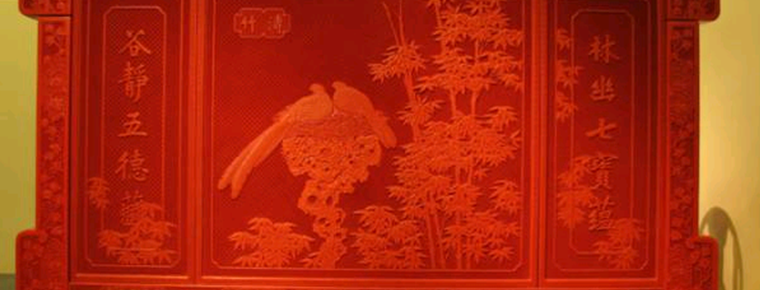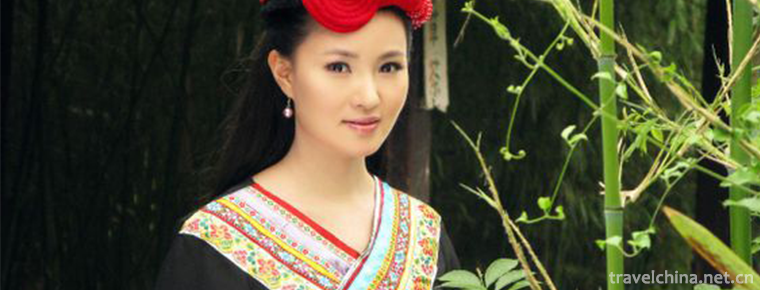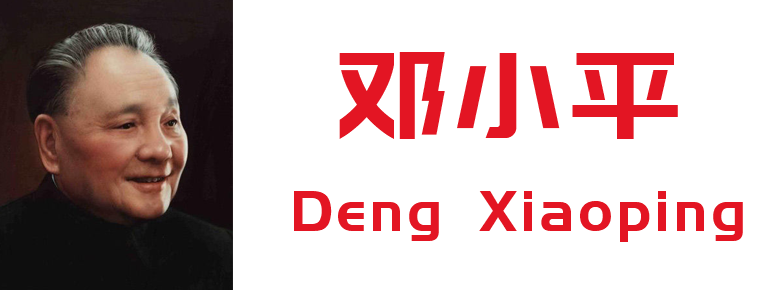Batang Tuanjie steamed stuffed bun
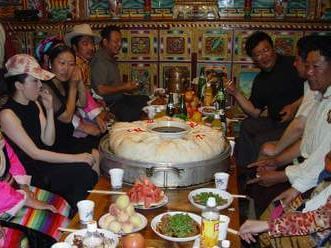
The Tuanjie steamed bun was not invented by the 18th army when it entered Batang. In the old days, Tuanjie steamed bun, to be exact, was made by Batang ancestors hundreds of years ago. Moreover, it has been handed down to the present day. Before liberation, the ingredients needed for making Tuanjie steamed bun were numerous and expensive. Due to economic conditions and material shortage at that time, most families did not dare to "favor" it It was enjoyed by a very small number of wealthy people, so it was insignificant in the past.
Batang Tuanjie steamed buns are determined by the number of people who eat. If there are many people who have a meal together, they will lay enough flour to make a big steamed bun, which means that everyone will be satisfied. On festivals, or when classmates, friends and relatives get together, they will make a united steamed stuffed bun. When eating Tuanjie steamed buns, people sit around and put Tuanjie steamed stuffed buns with steaming heat and strong fragrance in the middle of the table, and then put a small plate in front of each person, which is filled with water. In addition, we also need to make a pot of thick butter tea. This is the second characteristic of Tuanjie baozi: national characteristics. At the same time, it is also the integration of Tibetan and Han ethnic food culture (Tibetan Chinese food method, Tibetan Chinese concoction, Tibetan Han meal).
"Tuanjie baozi" has another feature because of its variety of fillings: multi-functional. Stuffing can be beef, pork, rice flour, corn flour, potato chips, etc. Therefore, it can be served with wine, can be served as a meal, can also be used as a meal to welcome relatives and friends. Especially in the traditional folk entertainment of Batang people, "Tuanjie baozi" is more attractive. It is easy to make, suitable for all ages, and the food is cooked together. It is fragrant, pleasant and delicious.

Batang Tuanjie steamed stuffed bun
-
SiMian Mountain Scenic Area
The Simian Mountain is located in the remnants of the northern slope of Dalou Mountain in Yunnan-Guizhou Plateau, which is an inverted mountain in geology. Located in the south of Jiangjin District of
Views: 218 Time 2018-12-12 -
The First Sangzi in Jialing
The first Sangzi of Jialing is located in Peng'an County, Sichuan Province. Peng'an is the home of Sima Xiangru, a great poet of the Han Dynasty. It is located in the northeast of Sichuan
Views: 137 Time 2019-01-21 -
The First Bay Scenic Area of the Yangtze River
The first bay of the Yangtze River (the first bend of the Yangtze River and the first bay of the Wanli Yangtze River): located between Shigu Town of Lijiang City in the northwest of Yunnan Province an
Views: 174 Time 2019-03-17 -
Big Buddha Cultural Tourist Area in Zigong Rong County
The Dafo Cultural Tourist Area of Zigong Rong County was opened to the outside world in 1982. It covers an area of 32,470 square meters and has a building area of 3,403 square meters. There are a wide
Views: 212 Time 2019-03-22 -
Gold lacquer inlay decoration technique
Gold lacquer inlay decoration technology, Beijing local traditional handicraft, one of the national intangible cultural heritage.
Views: 266 Time 2019-05-07 -
She Costume
She nationality's men and women's clothing is basically the same as that of the local Han people. However, the She ethnic costumes in Fujian and Zhejiang provinces with relatively concentrated populat
Views: 362 Time 2019-06-14 -
Deng Xiaoping
Deng Xiaoping (August 22, 1904 -1997 February 19th), formerly known as Deng Xiansheng, the scientific name of Deng Xixian, Guang'an, Sichuan. Go to Europe early Work study program After his return, he
Views: 340 Time 2019-09-07 -
Neijiang science and technology
In 2019, Neijiang City completed 195 science and technology projects above the municipal level, and applied for 2509 patents and obtained 1425 authorized patents, including 456 invention patents and 90 authorized invention patents. At the end of the year, there
Views: 128 Time 2020-12-16 -
Neijiang cultural undertakings
By the end of 2019, there are 121 performing arts venues in Neijiang City, including 6 cultural venues. There are 5 museums, 5 cultural relics protection and management institutions, 7 national key cultural relics protection units, 42 provincial cultural relics
Views: 296 Time 2020-12-16 -
Guangan secondary industry
In 2019, the industrial added value of Guang'an City will reach 28.87 billion yuan, an increase of 8.8%, and its contribution rate to economic growth will be 34.9%. At the end of the year, there were 597 Industrial Enterprises above Designated Size, and
Views: 172 Time 2020-12-19
